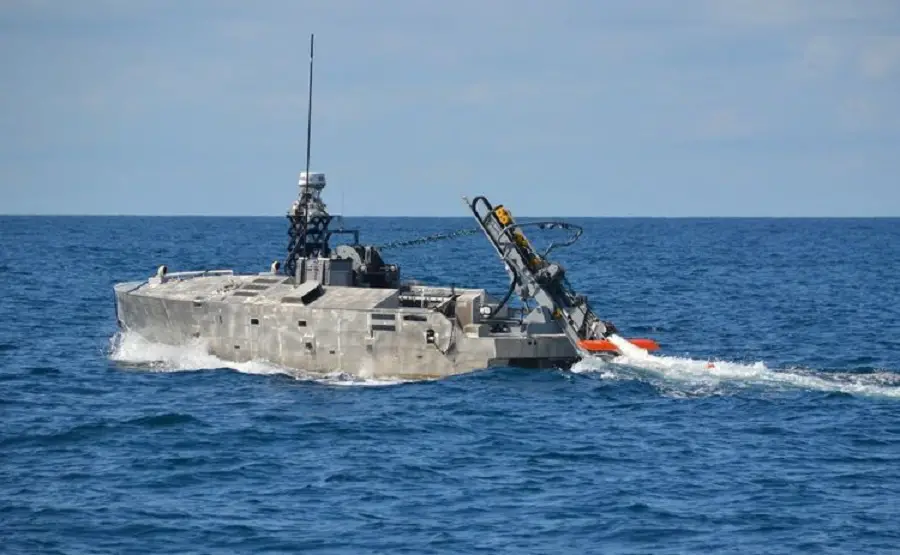Northrop Grumman Systems Corp., Annapolis, Maryland, is awarded a $17,246,905 firm-fixed-priced, cost-plus-fixed-fee, indefinite-delivery/indefinite-quantity requirements contract for depot level repair. This follow-on contract includes maintenance, modifications, repairs, alteration, upgrades of systems and spares for the AN/AQS-24 Sonar Detecting Set (all variants), Common Post Mission Analysis, and Intermediate Level Test Equipment to support the Navy for the currently deployed airborne mine countermeasures legacy systems. Work will be performed in Annapolis, Maryland, and is expected to be completed by October 2026. U.S. Naval Surface Warfare Center – Panama City Division, Panama City, Florida, is the contracting activity.
Northrop Grumman has three decades of in-fleet airborne mine countermeasure experience with 27 systems fielded. The company was the first to field electro-optic mine identification, and developed the first long-range synthetic aperture sonar for mine warfare, the first mine warfare unmanned surface vessel (jointly with the Naval Undersea Warfare Center) and mine warfare unmanned underwater vehicles. The AQS-24B has significantly improved image resolution, as well as the speed of real-time sonar processing. Northrop Grumman was the first to field electro-optic mine identification and developed the first long-range synthetic aperture sonar for mine warfare, the first mine warfare unmanned surface vessel and mine warfare unmanned underwater vehicles.

Northrop Grumman demonstrated an autonomy upgrade path for the AQS-24’s minehunting system by integrating and successfully testing the company’s image exploitation suite, incorporating state-of-the-art machine learning for automatic target recognition (ATR) using multiple ATR algorithms. Following this successful demonstration, the U.S. Navy plans to incorporate this new capability into existing AQS-24 minehunting systems. These major enhancements to the U.S. Navy’s only operational mine hunting towed sonar – running deeper, automatically detecting and reporting targets.
The MCM USV tests are ahead of planned user-operated evaluation system testing of the AQS-24 on LCSs. The company has multiple versions of the AQS-24 to provide mine hunting capabilities for navies. The AQS-24B is a deployed system which uses side-scan sonar for real-time detection, localization and classification of bottom and moored mines in addition to a laser line scanner for precise optical identification. Integration of the AQS-24 sonar with USVs allows for the real-time transmission of all AQS-24 data to a remote sonar operator, who can then commence real-time mission analysis (RTMA) of all recorded mission data.















